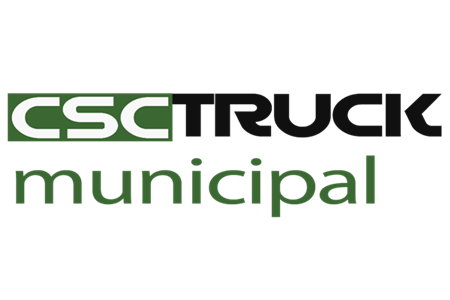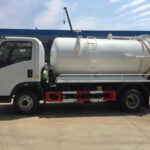Maintaining efficient and hygienic sewage systems is a crucial aspect of urban planning and development. Traditional sewer systems, comprising a network of pipes, have been the go-to solution for many years. However, there is another, more versatile tool in the sanitation arsenal – the vacuum sewer truck. This technology has gained traction due to its efficiency, cost-effectiveness, and adaptability to various situations. In this article, we will explore how to use a vacuum sewer truck, its advantages, and some key considerations in its operation.
Understanding Vacuum Sewer Trucks
A vacuum sewer truck is a specialized vehicle designed for collecting and transporting sewage and wastewater. Instead of relying on a gravity-fed system, as traditional sewers do, vacuum sewer trucks use a powerful vacuum pump to create a low-pressure environment, drawing sewage from collection points into the truck’s storage tank. This method offers several distinct advantages.
Advantages of Vacuum Sewer Trucks
1. Cost-Effective: Vacuum sewer systems are typically more cost-effective to install and maintain than conventional gravity-fed sewer systems. The infrastructure required for a vacuum sewer system is less extensive, making it an attractive option for smaller communities or areas with budget constraints.
2. Versatility: Vacuum sewer trucks are incredibly versatile and can be used in a wide range of settings. They are particularly useful in remote or hard-to-reach areas where traditional sewer systems might be impractical.
3. Efficiency: Vacuum sewer trucks can remove sewage quickly and efficiently from collection points, reducing the risk of overflows and backups in the system. This helps maintain the overall health and safety of the community.
4. Environmental Benefits: Vacuum sewer systems often have a lower environmental impact compared to traditional sewers. They are less prone to leaks and contamination of groundwater, which can be a significant concern with gravity-fed systems.
5. Ease of Maintenance: Vacuum sewer systems are relatively simple to maintain and repair, reducing downtime and maintenance costs.
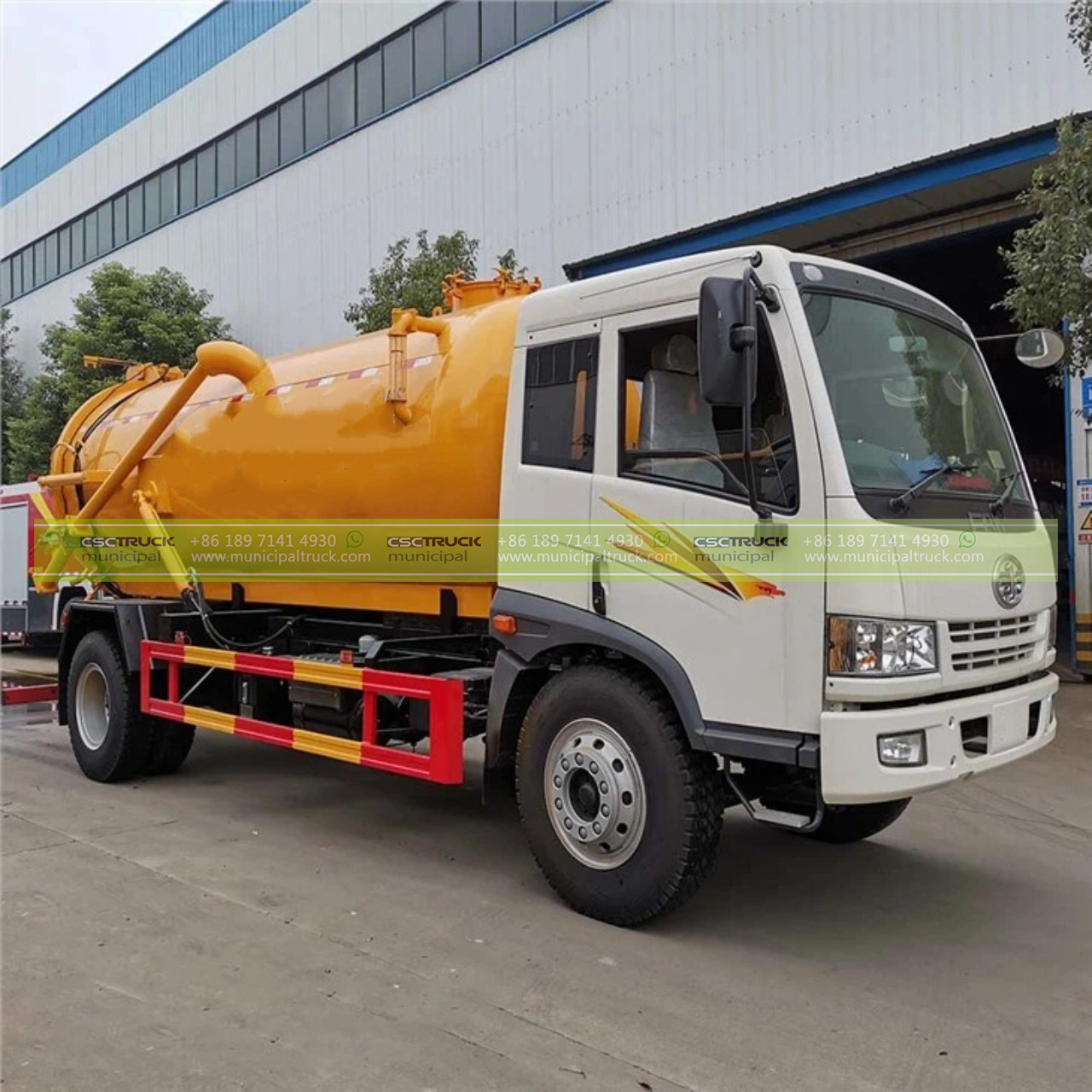
How to Use a Vacuum Sewer Truck
Using a vacuum sewer truck effectively involves several key steps. Let’s break down the process:
1. Inspection and Preparation
Before you start using the vacuum sewer truck, conduct a thorough inspection to ensure it’s in proper working condition. Check the engine, vacuum pump, hoses, and storage tank for any damage or defects. Ensure all safety features are functional, such as emergency stop buttons and warning lights.
2. Safety Precautions
Safety is paramount when working with sewage and wastewater. Ensure that all operators are wearing appropriate personal protective equipment (PPE), including gloves, safety goggles, and protective clothing. Adequate ventilation is also crucial to minimize exposure to potentially harmful fumes.
3. Connection to Collection Points
The vacuum sewer truck is typically equipped with a hose and nozzle assembly used to connect to collection points, such as manholes, septic tanks, or portable toilets. Ensure that the hose is securely connected, and the nozzle is placed correctly for efficient suction.
4. Creating a Vacuum
Once the hose is in place, start the vacuum pump. The pump creates a low-pressure environment within the truck’s storage tank, drawing sewage and wastewater from the collection point into the tank. Depending on the size and power of the vacuum pump, this process can be quite rapid.
5. Monitoring and Control
Operators should monitor the vacuum levels and suction process closely. Most vacuum sewer trucks are equipped with controls to adjust the suction intensity. It’s important to strike a balance between efficient suction and avoiding damage to the collection point or pipes.
6. Storage and Transport
As sewage and wastewater are collected in the storage tank, the vacuum sewer truck‘s capacity will be reached. It’s crucial to keep track of the tank’s fill level to prevent overfilling. When the tank is full, stop the vacuum pump and prepare for transport.
7. Transportation and Disposal
Vacuum sewer trucks are designed for easy transportation of collected sewage. The truck is equipped with a sealed storage tank to prevent spills or leaks during transit. Depending on local regulations and the nature of the waste, the collected sewage will be transported to a treatment facility, a disposal site, or a designated dumping location.
8. Cleaning and Maintenance
After each use, thoroughly clean the vacuum sewer truck, including the hoses, nozzles, and storage tank. Regular maintenance is essential to keep the equipment in good working order and to extend its lifespan. Be sure to follow the manufacturer’s maintenance guidelines for your specific vacuum sewer truck.
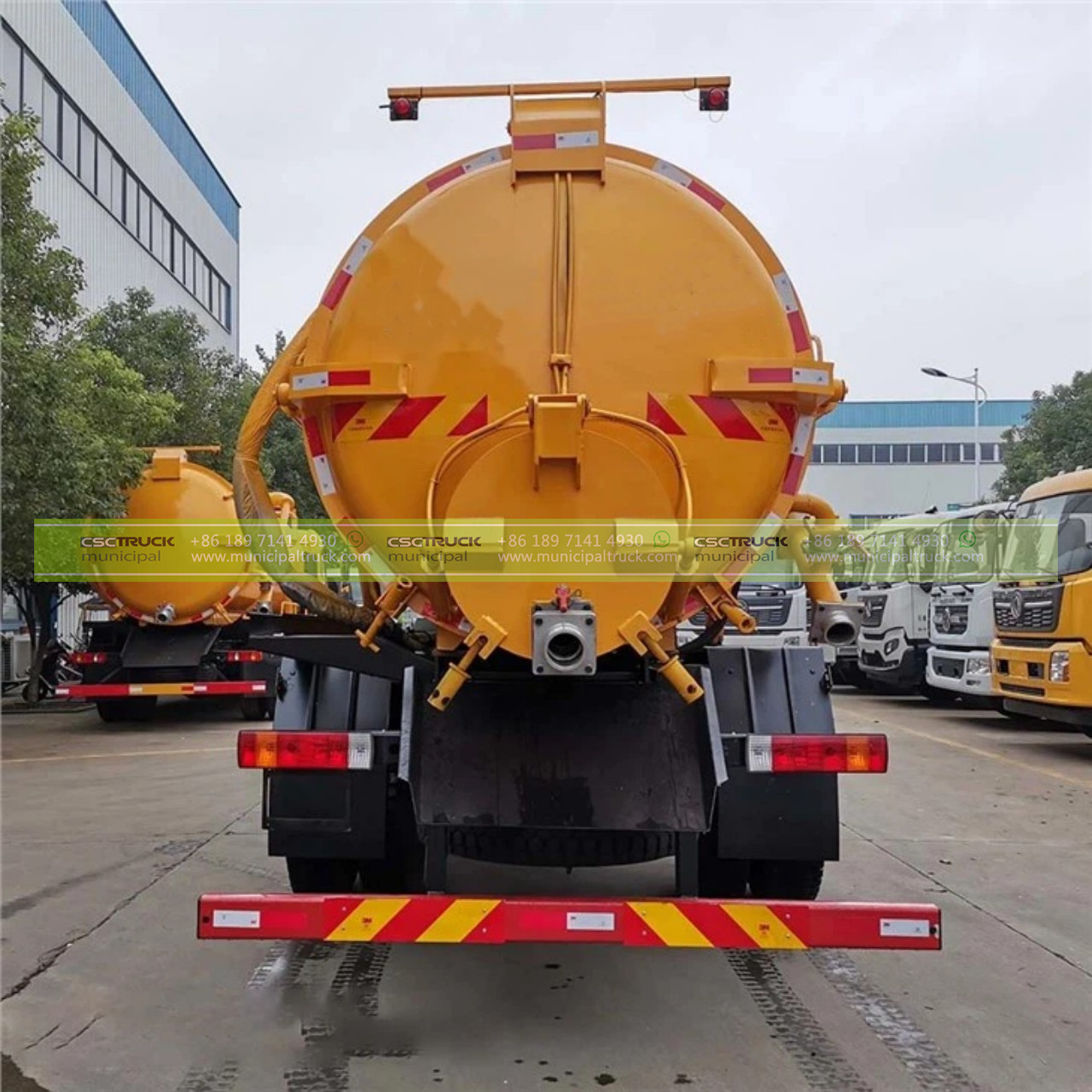
Key Considerations
1. Regulatory Compliance: Different regions may have specific regulations regarding the use of vacuum sewer trucks. Ensure that you are operating in compliance with all local and national guidelines.
2. Training: Proper training is essential for operators to use the equipment safely and effectively. Invest in training programs for your staff to minimize the risk of accidents and equipment damage.
3. Emergency Procedures: Develop and communicate clear emergency procedures for unexpected situations, such as equipment malfunctions or spills. This preparation is essential for the safety of operators and the community.
4. Regular Inspections: Perform routine inspections to catch any maintenance or repair needs before they become major issues. Regular maintenance is key to the longevity of the vacuum sewer truck.
5. Environmental Responsibility: Be conscious of environmental impact. Properly dispose of collected waste in accordance with regulations, and be vigilant in preventing leaks or spills during operation.
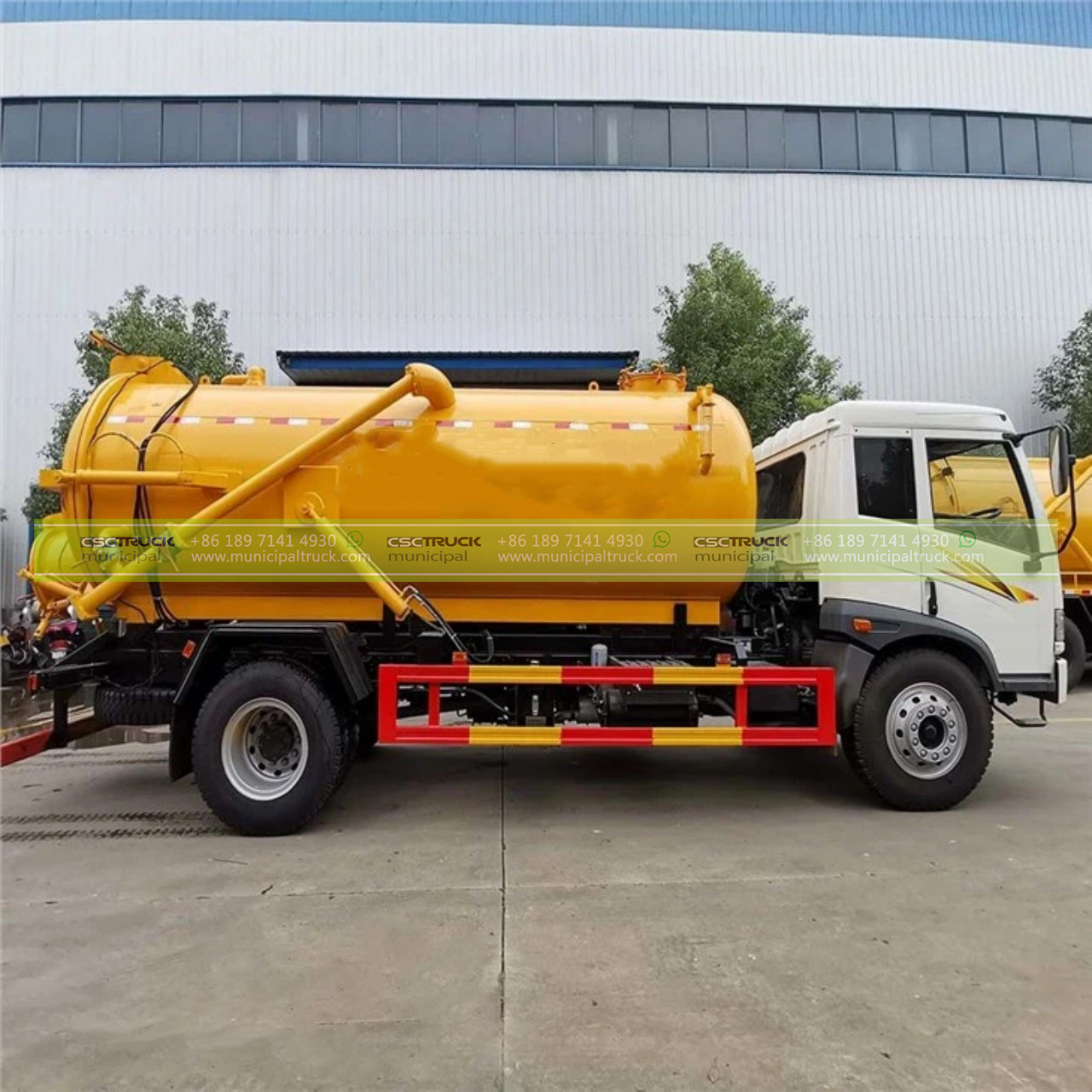
Conclusion
Vacuum sewer trucks are valuable tools in modern sanitation and wastewater management. Their versatility, efficiency, and cost-effectiveness make them an attractive choice for various applications. However, using these trucks correctly and safely is crucial to their success. Operators must be well-trained, follow safety procedures, and adhere to regulatory requirements. By doing so, vacuum sewer trucks can contribute to the maintenance of clean and healthy urban environments while offering practical solutions in challenging situations.
Contact us for this municipal truck or similar trucks: [email protected] Call us or What's APP us: +86 189 4292 3930
